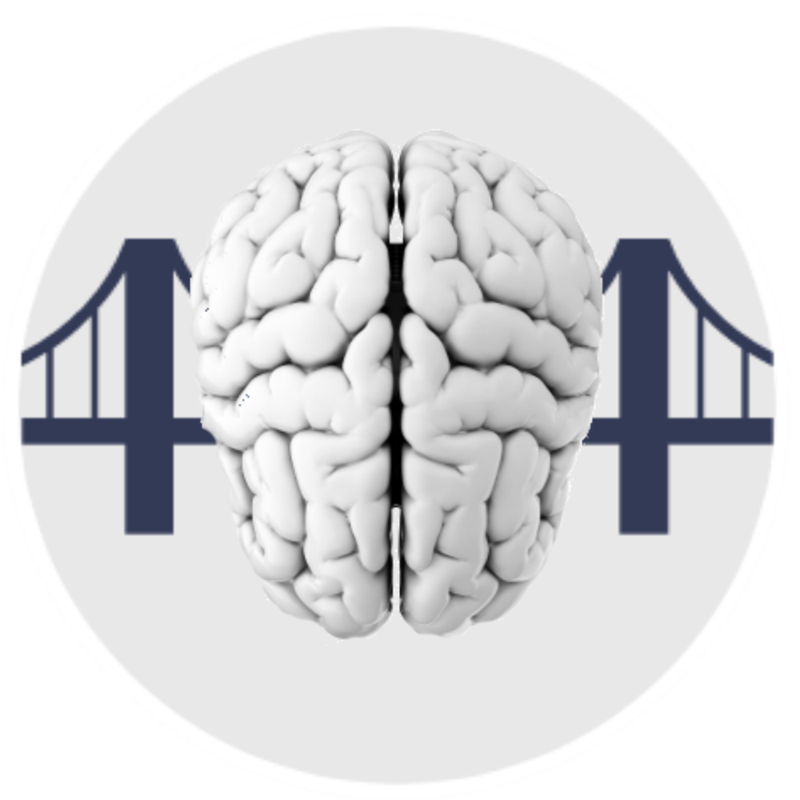Help your faculty COPE and HOPE
by Janet Zadina on 01/13/22While the initial phase of the pandemic that gave everyone such anxiety and even trauma, has passed, conditions as serious are setting in. Faculty are struggling.
Our students are not the ones we had before. The pandemic has changed them. Faculty are reporting behavioral problems, for example. Why? Some faculty think it is because the were at home for a long period of time and are not used to classroom behavior. I think it goes deeper than that. Misbehavior can be a sign of trauma resulting from the pandemic. Furthermore, anxiety, stress, and trauma impair the ability to regulate emotions and behavior.
Last year faculty were, hopefully, helping students deal with anxiety and stress. Now it is time to help them deal with the effects of trauma and the associated behaviors that are impairing their learning:
- Acting out
- Emotional dysregulation
- Trouble focusing and paying attention
- Lack of motivation
Not only are faculty stressed and struggling with student behavior, they are struggling with their own effects of trauma. The “first reponders” need first responders – you bringing them information to help them cope and hope.
I have an exciting new presentation designed around those needs. I have been presenting extensively on how to reduce anxiety, stress and trauma and, while that information is still important and timely, there is an important step that should proceed that now: the inculcation of hope and strategies for increasing learning and improving behavior through the application of research-based science and strategies based on positive emotion.
It may be more helpful to increasing enjoyment than trying to reduce stress.
Of course, we want to reduce stress and create a lifestyle that increases resilience in our faculty and our students. But maybe we start with exploring the science of how positive emotion improves learning and behavior. What can we do?
We bring the ability to cope and hope by engaging the brain, stopping the fight/flight/freeze response, engaging the emotional brain and increasing enjoyment in ways that increase motivation and improve learning, and finally, engaging the heart of faculty and students. We can learn to synchronize the brains and hearts of teacher and student to increase engagement, raise motivation, reduce behavior problems, and raise achievement.
While exploring the science and strategies of this process requires explanation that goes beyond a blog and is suitable for a keynote or workshop, here are a couple of tips.
When enjoyment goes up, anxiety goes down. One way to create positive emotion is by increasing student perceptions of control. Higher levels of perceived control over achievement activities and outcomes leads to increased levels of hope, pride, and enjoyment. You can give students control by giving them choice. Can you offer a choice of assignments? Give them a choice of which topics or assignment their group work will undertake. Offer a choice of two assignments. Include some additional questions on tests or quizzes and give them a choice of which to answer. However, keep in mind the word perceived control. Be sure you talk about choice and how the power is in their hands to succeed.
When levels of perceived control go down, there is an increase in anxiety, hopelessness, and shame – and therefore, it is harder for them to cope. Teaching them about their brain and their emotions can give them a sense of internal control.
Learn more here.


